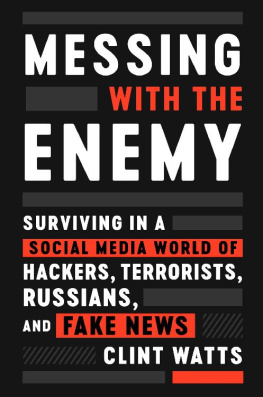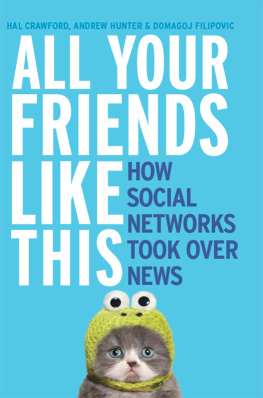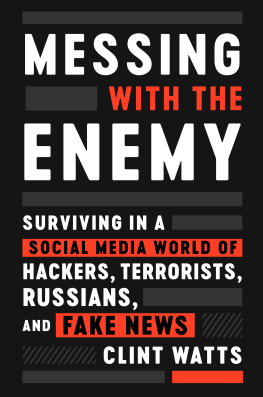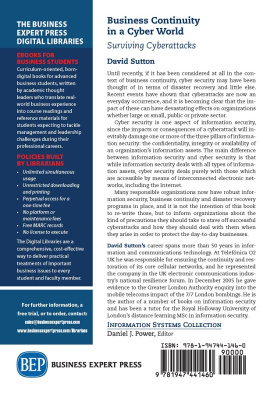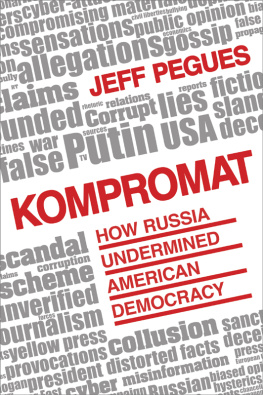Clint Watts - Messing with the Enemy: Surviving in a Social Media World of Hackers, Terrorists, Russians, and Fake News
Here you can read online Clint Watts - Messing with the Enemy: Surviving in a Social Media World of Hackers, Terrorists, Russians, and Fake News full text of the book (entire story) in english for free. Download pdf and epub, get meaning, cover and reviews about this ebook. year: 2018, publisher: Harper, genre: Politics. Description of the work, (preface) as well as reviews are available. Best literature library LitArk.com created for fans of good reading and offers a wide selection of genres:
Romance novel
Science fiction
Adventure
Detective
Science
History
Home and family
Prose
Art
Politics
Computer
Non-fiction
Religion
Business
Children
Humor
Choose a favorite category and find really read worthwhile books. Enjoy immersion in the world of imagination, feel the emotions of the characters or learn something new for yourself, make an fascinating discovery.
- Book:Messing with the Enemy: Surviving in a Social Media World of Hackers, Terrorists, Russians, and Fake News
- Author:
- Publisher:Harper
- Genre:
- Year:2018
- Rating:3 / 5
- Favourites:Add to favourites
- Your mark:
Messing with the Enemy: Surviving in a Social Media World of Hackers, Terrorists, Russians, and Fake News: summary, description and annotation
We offer to read an annotation, description, summary or preface (depends on what the author of the book "Messing with the Enemy: Surviving in a Social Media World of Hackers, Terrorists, Russians, and Fake News" wrote himself). If you haven't found the necessary information about the book — write in the comments, we will try to find it.
A former FBI Special Agent, U.S. Army officer and leading cyber-security expert offers a devastating and essential look at the misinformation campaigns, fake news, and electronic espionage operations that have become the cutting edge of modern warfareand how we can protect ourselves and our country against them.
Clint Watts electrified the nation when he testified in front of the Senate Select Committee on Intelligence regarding Russian interference in the 2016 election. In Messing with the Enemy, the counterterrorism, cybersecurity and homeland security expert introduces us to a frightening world in which terrorists and cyber criminals dont hack your computer, they hack your mind. Watts reveals how these malefactors use your social media information and that of your family, friends and colleagues to map your social networks, identify your vulnerabilities, master your fears and harness your preferences.
Thanks to the schemes engineered by social media manipulators using you and your information, business executives have coughed up millions in fraudulent wire transfers, seemingly good kids have joined the Islamic State, and staunch anti-communist Reagan Republicans have cheered the Russian governments hacking of a Democratic presidential candidates e-mails. Watts knows how they do it because hes mirrored their methods to understand their intentions, combat their actions, and coopt their efforts.
Watts examines a range of social media platformsfrom the first Internet forums to the current titans of Facebook, Twitter and LinkedInand nefarious actorsfrom al Qaeda to the Islamic State to the Russian social media troll farmto illuminate exactly how they use Western social media for their nefarious purposes. He explains how hes learned, through his successes and his failures, to engage with hackers, terrorists, and even the Russiansand how these interactions have generated methods for fighting back against those that seek to harm people on the Internet. He concludes with a snapshot of how advances in artificial intelligence will make future influence even more effective and dangerous to social media users and democratic governments worldwide. Shocking, funny, and eye-opening, Messing with the Enemy is a deeply urgent guide for living safe and smart in a super-connected world.
Clint Watts: author's other books
Who wrote Messing with the Enemy: Surviving in a Social Media World of Hackers, Terrorists, Russians, and Fake News? Find out the surname, the name of the author of the book and a list of all author's works by series.

